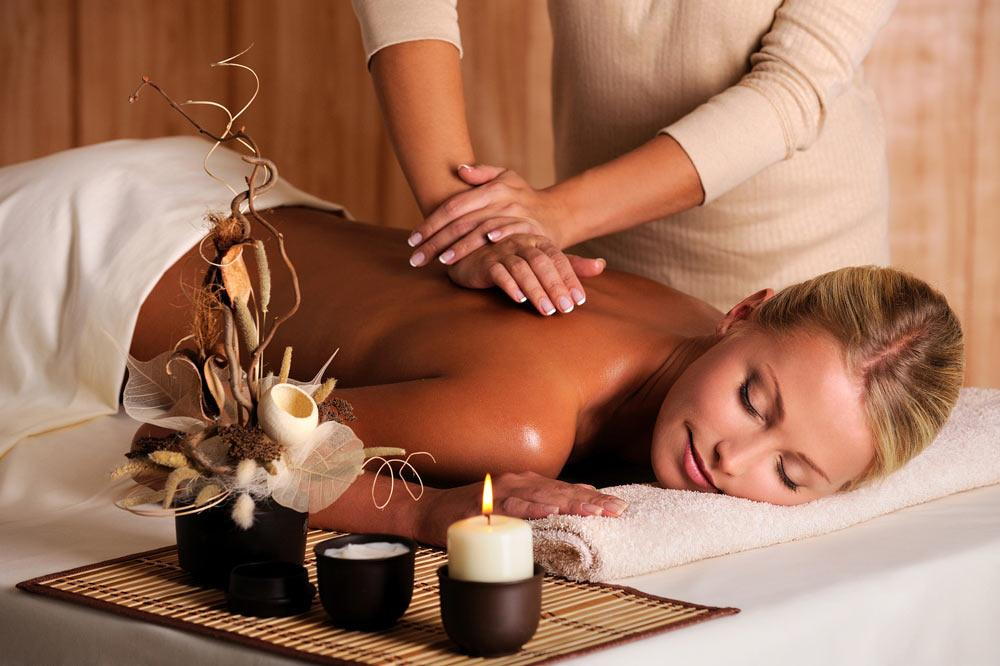Reflexology for Chronic Pain: Does It Work?

Reflexology, an old healing practice that goes back hundreds of years, has acquired substantial appeal in current years as a complementary treatment for advertising overall wellness and health. This holistic strategy to health is based upon the concept that specific points on the hands, feet, and ears represent different body organs and systems within the body. By using pressure to these factors, experts aim to restore and alleviate various disorders equilibrium to the body.
Reflexology foot chart revealing stress points, watercolor design The beginnings of reflexology can be mapped back to ancient worlds, consisting of Egypt and China. In reality, hieroglyphics discovered in the tomb of an Egyptian doctor called Ankhmahor, going back to 2330 BC, illustrate what seems a reflexology treatment. In 秋葉原 , the concept of qi (vital force power) moving with meridians in the body shares similarities with the concepts of reflexology.
Modern reflexology, as we understand it today, was established in the early 20th century by Dr. William Fitzgerald, an American ear, nose, and throat specialist. He introduced the idea of “area therapy,” which separates the body right into 10 vertical areas. This job was additional improved by Eunice Ingham, usually described as the “mother of contemporary reflexology,” that drew up the reflexology factors on the feet that represent numerous organs and body components.
The core belief in reflexology is that by using stress to specific points, experts can boost the body’s natural recovery processes. Applying stress to a factor on the foot that matches to the liver is thought to promote and enhance liver feature. While clinical proof sustaining these cases is restricted, lots of people report experiencing take advantage of reflexology therapies.
A few of the prospective advantages of reflexology consist of:
Anxiety reduction and leisure Improved blood circulation Pain relief Enhanced sleep high quality Boosted body immune system feature Improved digestion Increased energy levels During a typical reflexology session, the professional will begin by taking a look at the feet, hands, or ears for any kind of problems or tender locations. They will then use various techniques, consisting of thumb and finger hook, walking and back-up, and turning on toes, to apply pressure to details reflex factors. The stress applied can range from mild to firm, depending on the person’s requirements and level of sensitivity.
It’s crucial to keep in mind that while reflexology can be an advantageous complementary treatment, it must not be made use of as an alternative for traditional clinical treatment. Always talk to a health care specialist before starting any brand-new therapy, specifically if you have existing health and wellness conditions or are expectant.
As rate of interest in different and all natural therapies remains to grow, reflexology has actually discovered its location in health spas, wellness facilities, and even some medical care centers. Many individuals incorporate routine reflexology sessions into their self-care regimens, finding it to be a relaxing and renewing experience.
Whether you’re looking for alleviation from a certain condition or merely aiming to enhance your overall wellness, reflexology offers a mild, non-invasive technique to wellness and healing. By checking out the detailed links between reflex points and the body’s systems, this ancient technique proceeds to intrigue and advantage people all over the world, connecting the void in between conventional knowledge and contemporary health methods.
Reflexology foot graph revealing stress factors, watercolor style The beginnings of reflexology can be mapped back to old people, consisting of Egypt and China. In typical Chinese medicine, the principle of qi (life force energy) streaming through meridians in the body shares resemblances with the concepts of reflexology.
This work was further improved by Eunice Ingham, typically referred to as the “mom of contemporary reflexology,” who mapped out the reflexology points on the feet that correspond to different body organs and body components.
The core belief in reflexology is that by applying stress to certain points, specialists can boost the body’s natural healing procedures.
